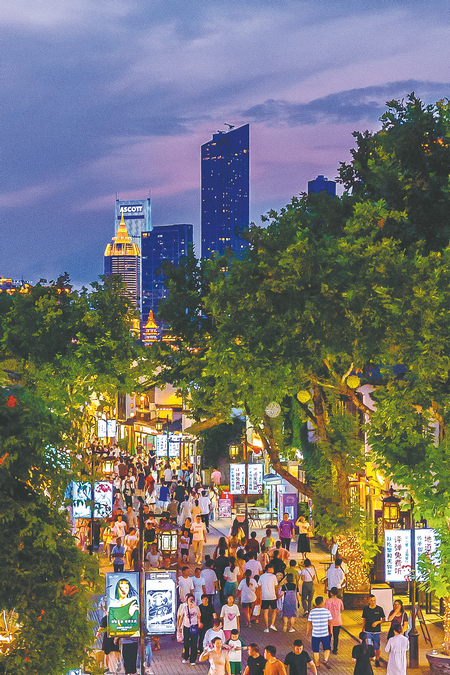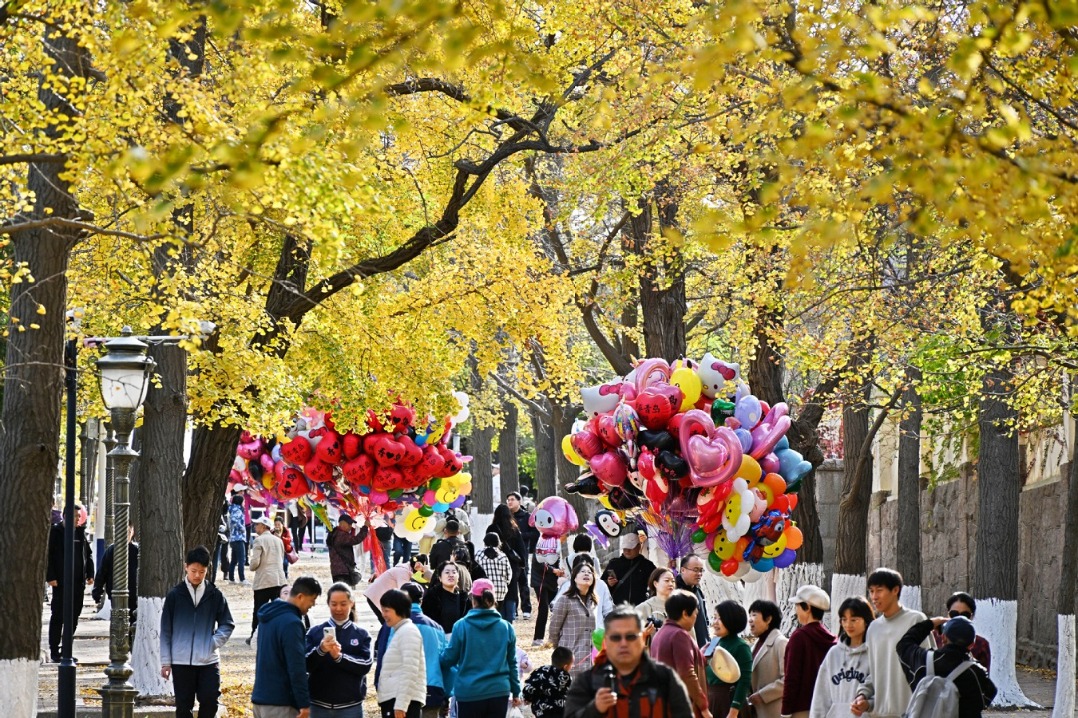Flowing across time
By LI YINGXUE | China Daily | Updated: 2024-05-11 10:04

Wonderful waterway
Wuxi stands out among the 18 cities the Beijing-Hangzhou Grand Canal passes through, as the only one where the canal flows through the urban area.
Historically, pottery making thrived there, with more than 400 kilns lining 1.5 kilometers of the ancient canal.
Wuxi's bricks weren't just local treasures — they journeyed across the nation along the canal. Portions of the bricks for Nanjing's city wall in the Ming Dynasty (1368-1644) and the golden bricks for Beijing's Forbidden City originate from Wuxi.
"I once vividly imagined the night scenes in ancient times, with more than 400 kilns glowing red along both sides of the waterway. It seemed like the sky was painted red in the distance. It was truly a breathtaking sight," says Ruan Xiqing, local writer and chairman of the Liangxi District Writers Association in Wuxi.
The pottery industry declined with the shift from water to land transportation. Today, there remain the ruins of nearly 50 kilns along the canal, including 19 well-preserved ones on Dayao Road by the waterway.
The Wuxi Kiln Site Museum offers insights into the area's rich heritage of brick and pottery making. Visitors can see various types of bricks and tiles, and learn about the firing processes through exhibits and models.
Despite the industry's decline, over 3,000 descendants of kiln workers still live in the Qingmingqiao area. They've actively contributed to the museum's establishment by donating materials and serving as volunteer guides.
"The museum is a valuable tourist attraction where visitors can witness the 600-year evolution of China's brick kiln culture," explains Ruan. For him, it holds childhood memories.
























